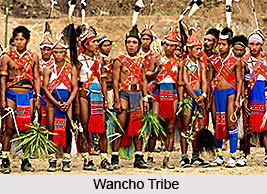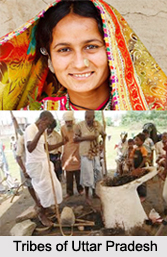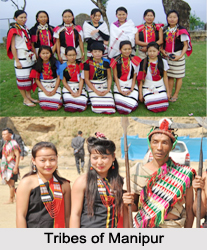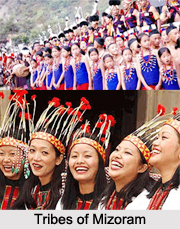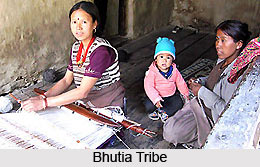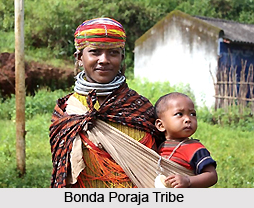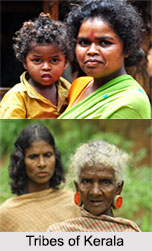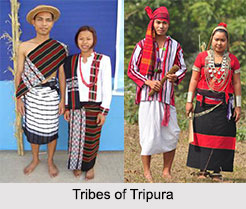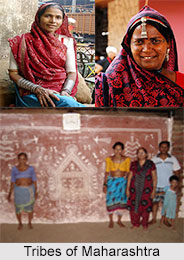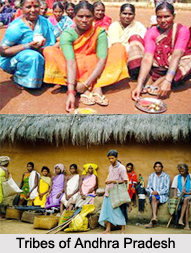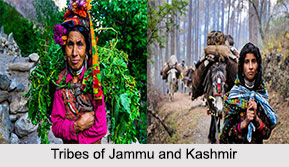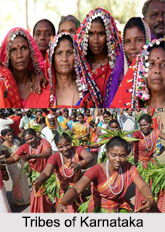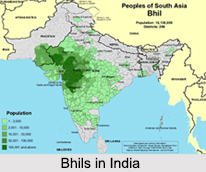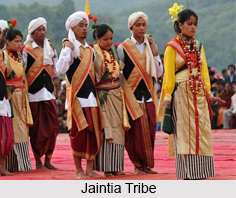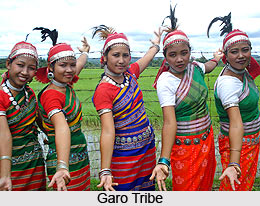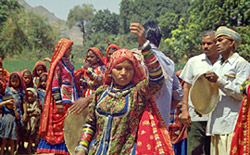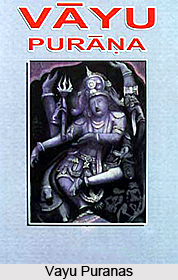 Pariyatras cannot be classified as a tribe very clearly. The Puranas, however, always enumerate them as a distinct people, associated with the Paripatra Mountains, from which they evidently took their name. There are two variant forms of the mountainous region inhabited by this people, as given in the Puranas: Pariyatra and Paripatra; Paripatra seems to be the more usual reading, though Pariyatra occurs not infrequently. In the topographical list of the Puranas, the Pariyatra or Paripatra hills are mentioned as one of the seven hill ranges together forming the Kulachalas or Kulaparvatas, family mountains`, i.e. mountain ranges or systems. The seven mountain ranges are Mahendra, Malaya, Sahya, Suktiniat, Raksa, Vindhya and Paripatra.
Pariyatras cannot be classified as a tribe very clearly. The Puranas, however, always enumerate them as a distinct people, associated with the Paripatra Mountains, from which they evidently took their name. There are two variant forms of the mountainous region inhabited by this people, as given in the Puranas: Pariyatra and Paripatra; Paripatra seems to be the more usual reading, though Pariyatra occurs not infrequently. In the topographical list of the Puranas, the Pariyatra or Paripatra hills are mentioned as one of the seven hill ranges together forming the Kulachalas or Kulaparvatas, family mountains`, i.e. mountain ranges or systems. The seven mountain ranges are Mahendra, Malaya, Sahya, Suktiniat, Raksa, Vindhya and Paripatra.
Paripatra in particular is always associated with the Vindhyas. Vindhya, as is well known, is the general name of the chain of hills that stretches across Central India, dividing India into its well-defined and natural north and south divisions; but it is evident from the Puranic list and the situations of the hills mentioned in it that in the Puranas the name Vindhya is generally restricted to the eastern division of the long range of hills. According to the Vayu Purana, however, it is the part south of the river Narmada River, or the Satpura range of hills. Paripatra or Pariyatra constitutes the northern and western portion of the Vindhyas, and may be said to include the range of hills now known as the Aravalli.
The Vishnu Purana, for example, mentions Pariyatra or Paripatra as situated on the west, associated with the semi-mythical mount Meru. Nisadha and Pariyatra are the limitative mountains on the west, stretching, like those on the east, between the Nila and Nisadha ranges.
According to Rajasekhara, all seven Kulaparvatas were comprised within the Kumaridwipa whose southernmost limit, according to the Skanda Purana was the Pariyatra. In the period of the Brahmanical and Buddhist Sutras too, Pariyatra was the southernmost limit of contemporary Aryavarta, while the eastern and western boundaries were formed by Kalakavana and Adarsana respectively.
The Puranas has also referred to a number of rivers issuing from the Pariyatra, e.g. the Mahi, the Varnasa or Parnasa, the Sipra, the Charmanvati, the Sindhu and the Vetravati. Varnasa or Parnasa has been identified with the modern Banas, a tributary of the Charmanvati (Chambal). Sindhu is Kali Sindhu, a tributary of the Charmanvati, and Vetravati is modern Betwa. Sipra is the famous river immortalised in Sanskrit classical poetry. The Vishnu Purana mentions yet another river issuing from the Paripatra Mountains, namely, the Vedasmrti.
The Vayu Purana has mentioned the Karusas and the Malavas as dwelling along the Paripatra mountains. According to historical reference the Kukuras has been associated with the Pariyatra.
